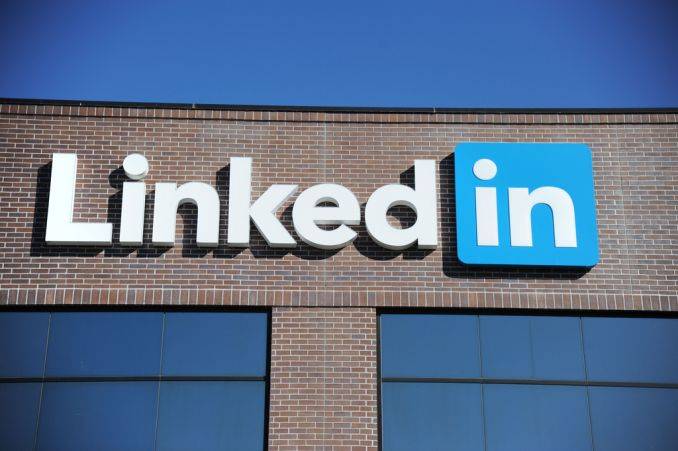This question came up in an Employer-Employee trade secret dispute before a California Court. David Oakes was working in a sales position with a company called Cellular Accessories under an Employment Agreement with a clause to safeguard the company’s trade secrets. As a part of his employment with Cellular Accessories, David established more than nine hundred contacts on LinkedIn and maintained the list on his computer. The list was updated whenever a new contact was made.
On leaving the company, David retained his LinkedIn account, and obviously, its contacts, and started a competing company called Trinitas. Cellular Accessories sued David and his company for breach of post-termination obligations of the employment agreement, and confidential information misappropriation. Among others things, Cellular Accessories claimed that David’s use of the compiled prospective customer list and LinkedIn contacts established during employment were trade secrets of Cellular Accessories and could not be used by him. David argued that LinkedIn contacts were publicly accessible contacts, compiled from public information and could not avail of trade secret protection.
The Court decided that the customer list is a trade secret, but left the question of LinkedIn connections for Jury determination. The Court observed during its proceedings that the contacts may be publicly accessible, but the effort required to identify each contact, scrape their requirements, and other information to make a business pitch, might draw them into the ambit of trade secret protection. The decision on protecting LinkedIn contacts as trade secrets rests, among other facts, on LinkedIn’s predictive technology and its ability to propose prospective contacts based on pre-existing contacts.
This will be an interesting decision to watch out for. With the rise in start up activity, Employer-Employee disputes are expected to rise, and Indian courts will soon have to deal with such questions. Two factors would prove determinative when a trade secret dispute arises in India:
1. A well drafted employment contract and 2. Measures taken by the Employer – Policy, Physical/Information Security steps, marking etc.
Legally valid secret safe keeping is the key to succeed in a confidential information dispute in India.
Image Source/Attribution: here (This is governed by Creative Commons License CC BY-SA 2.0)



